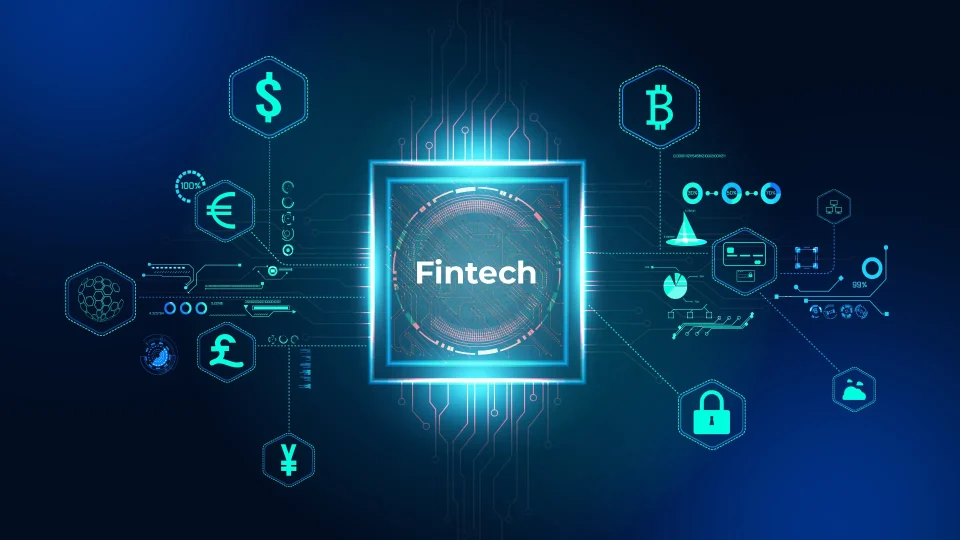Imagine a world where customers can navigate effortlessly between service providers, whether transferring funds to someone registered under another provider, settling a bill at a merchant who uses a different service, or accessing cash via an agent from another network. For a truly seamless experience across various services and systems, interoperability is the foundation.
In Fintech and mobile money services, interoperability facilitates seamless collaboration among different financial systems, allowing transactions between various providers. This capability enables customers of one service to transact effortlessly with those of another. When digital services are interoperable, their value proposition is significantly enhanced. The user experience is optimized through seamless integration and interaction between different platforms and services. This leads to greater convenience, faster transactions, and increased trust in digital financial services.
Interoperability in the Fintech industry offers benefits beyond improved customer convenience. By means of Interoperable systems, tech companies, telecommunications companies, and banks can attain increased efficiency, higher usage rates, and cost savings through shared infrastructure, fostering innovation and better service delivery. Reducing fixed costs potentially lowers barriers to entry for smaller providers, hence democratizing access to financial services. As systems become more efficient and widespread, costs for providers and consumers become lower, and this is how economies of scale are achieved.
By reducing the necessity for individual providers to duplicate distribution networks, interoperability optimizes resource use where access points are already established. Additionally, interoperability encourages the development of collaborative tools among providers, such as fraud monitoring and AML/CFT checks, thereby reducing operating costs.
Furthermore, interoperability is a crucial catalyst for economic development and financial inclusion on a global scale; by connecting different systems, interoperability expands the reach of mobile money services to more users and locations and enables businesses of all sizes to access compatible fintech products and services, which they can then offer to their customers who may have been previously excluded. This reduces barriers for startups and SMEs to access financial products, creating more affordable solutions for both companies and their clients.

The Current State of Interoperability in Fintech and Mobile Money Services
The level of interoperability within the Fintech industry varies significantly. While some services are highly interoperable, allowing customers to transact freely with users of other services, many service providers still operate in silos, restricting their customers’ ability to transact beyond their own network. Despite these limitations, there are several successful interoperability implementations in the industry, showcasing its feasibility and benefits. Initially, many instant payment systems focused on enabling interoperability for remittances, but there are multiple types of transactions to consider:
- Remittances: Domestic or cross-border person-to-person transfers, such as payments between family members and friends.
- Bulk transfers: Single-sender transfers to multiple recipients, such as salary payments or government-run social welfare programs.
- Merchant payments: Transfers from individuals to business accounts, including in-store purchases, e-commerce, or bill payments.
- Cash deposit and withdrawal: Transfers via access points to add or remove funds from an account, such as cashing in or out with an agent.
Interoperability enhances the value proposition of these payments by increasing customer convenience, allowing users to transact more easily regardless of their service providers. Without interoperability, customers face complicated and costly workarounds when transacting with users of different providers. Additionally, interoperability benefits providers and the financial system by encouraging competition, improving the range of payment services, reducing distribution costs, and enabling economies of scale that contribute to the financial viability of payment services.
In September 2014, Tanzania became one of the first countries to create an industry-agreed interoperable market for digital financial services. The Bank of Tanzania observed a steady increase in mobile money providers since 2008 and initiated discussions to develop account-to-account interoperability. This began with a bilateral agreement between Tigo and Airtel, followed by Zantel, and eventually Vodacom in 2016. The industry continued to negotiate agreements on cash-in and cash-out services, agent-to-agent transactions, and bulk payments. The impact has been significant. By September 2017, the number of interoperable transfers had surged from 174,000 transactions in October 2014 to over 6.9 million, with a monthly transaction value exceeding $90 million. Interoperable peer-to-peer transactions now constitute about 28% of all P2P transactions.
Challenges in Achieving Interoperability
Achieving interoperability in the Fintech industry is challenging. Technical issues related to technology, security, and privacy need to be addressed. Additionally, regulatory challenges involve navigating a complex landscape of laws, regulations, and compliance requirements. Business challenges include developing models that accommodate interoperability, forming partnerships, and managing competition.
Interoperability depends not only on the ability of complex technology platforms to interact but also on the associated contractual relationships that require negotiation. It is only possible when industry players, governments, and infrastructures work together. If everyone collaborates, financial inclusion can become a reality, leading to a more resilient, stronger, and more inclusive digital economy that benefits everyone.
Developing interoperable payment systems is complex and often contentious, and they remain largely absent from the digital services used by low-income customers today. A common misconception about payment interoperability is that only technology infrastructure, or a "switch," is needed. In reality, three elements are crucial for the success of an interoperable system:
- A clear and fair governance model that balances cooperation with competition among providers.
- Economic arrangements that incentivize all stakeholders to participate fully.
- Operational models, including technology infrastructure, that safely and reliably connect providers.
Currently, interoperability is limited to:
- Different stakeholders within the same ecosystem, such as telecommunications interoperability or health sector interoperability.
- Stakeholders within complementary ecosystems, like telecommunications and financial institutions.
However, to achieve financial inclusion, a broader practice of interoperability is essential. This involves multiple players, including governments, regulators, technology providers, entrepreneurial startups, financial institutions, and others. Given conflicting incentives and the general spirit of competitiveness, these players have struggled to come together.
And What of the Future?
Looking ahead, the future of interoperability in Fintech and mobile money services is exceptionally promising. Emerging trends and technologies, such as APIs and blockchain, have the potential to greatly enhance interoperability, poising the industry for even greater growth and success.
There is no one-size-fits-all system for enabling interoperability. What works in one market might not be effective in another. The participants can range from all payment providers to select subsets, and economic arrangements may need to be tailored to align with providers' business models. The technology infrastructure can also vary based on existing frameworks and specific requirements. However, experience shows that a participatory process can help ensure success. When providers collaborate to define the rules, they are more likely to work towards the system's goals rather than against them.
In conclusion, interoperability is a critical factor for the success of the Fintech industry and mobile money services. Despite the challenges, the benefits for consumers and businesses are substantial. As the industry evolves, the focus on interoperability is likely to increase, paving the way for a more connected and inclusive financial ecosystem. This will lead to a stronger, more resilient digital economy that benefits everyone, fostering financial inclusion and enabling smaller providers to compete effectively in the market.
